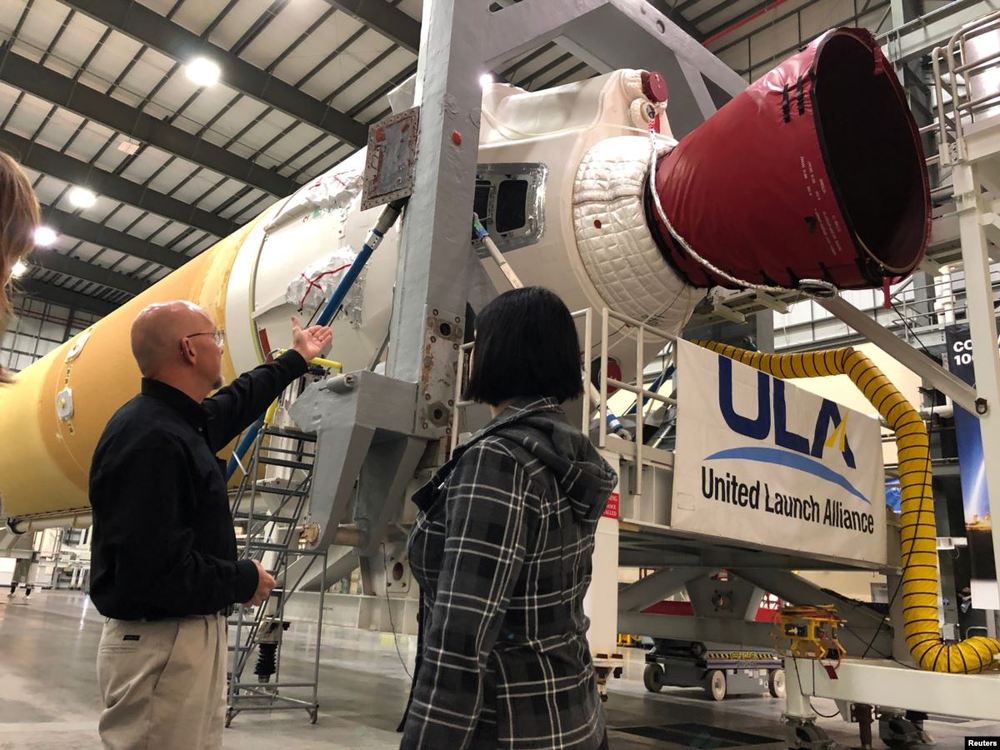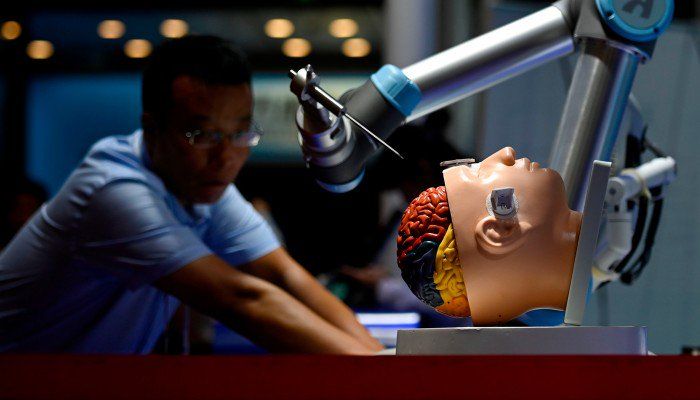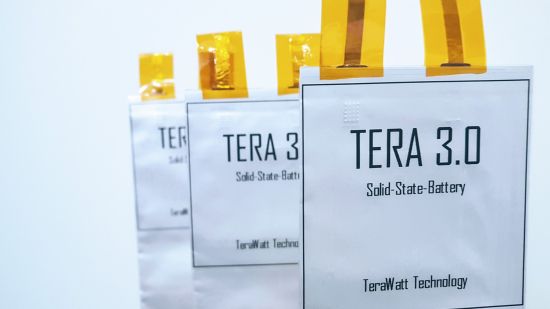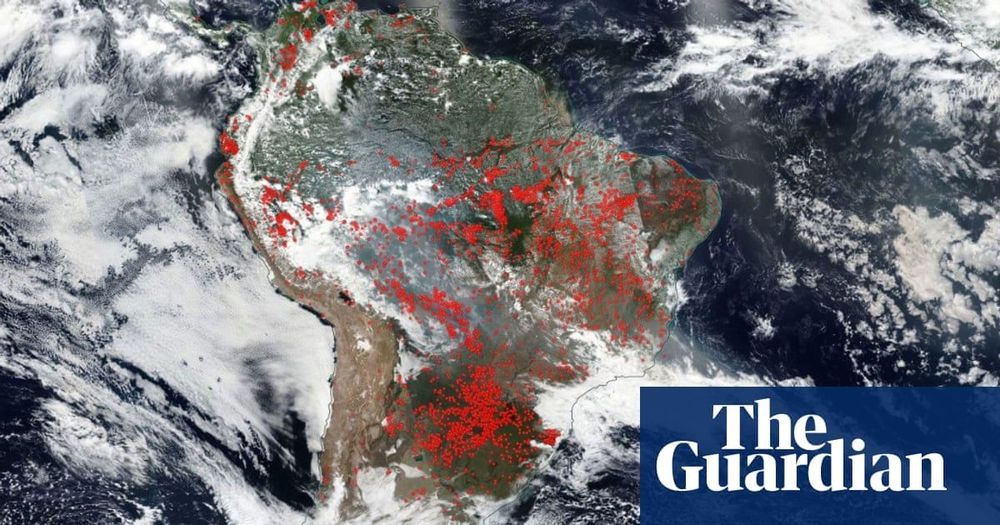I always wondered what the future of cars would look like, and now Bentley has given me a nice perspective.
This is the Bentley EXP100GT. It is one of the stand out cars from Pebble Beach this year! Come with me as I take you through the features and what their vision is for the next 100 years. This is also where you get to see the car drive autonomously!
Follow me on:
https://www.instagram.com/supercarblondie
https://www.facebook.com/supercarblondie
Tweets by supercarblondie
https://www.supercarblondie.com
https://shop.supercarblondie.com
Music by:
Coming Home by Elad Marish vs. Marshall W.






